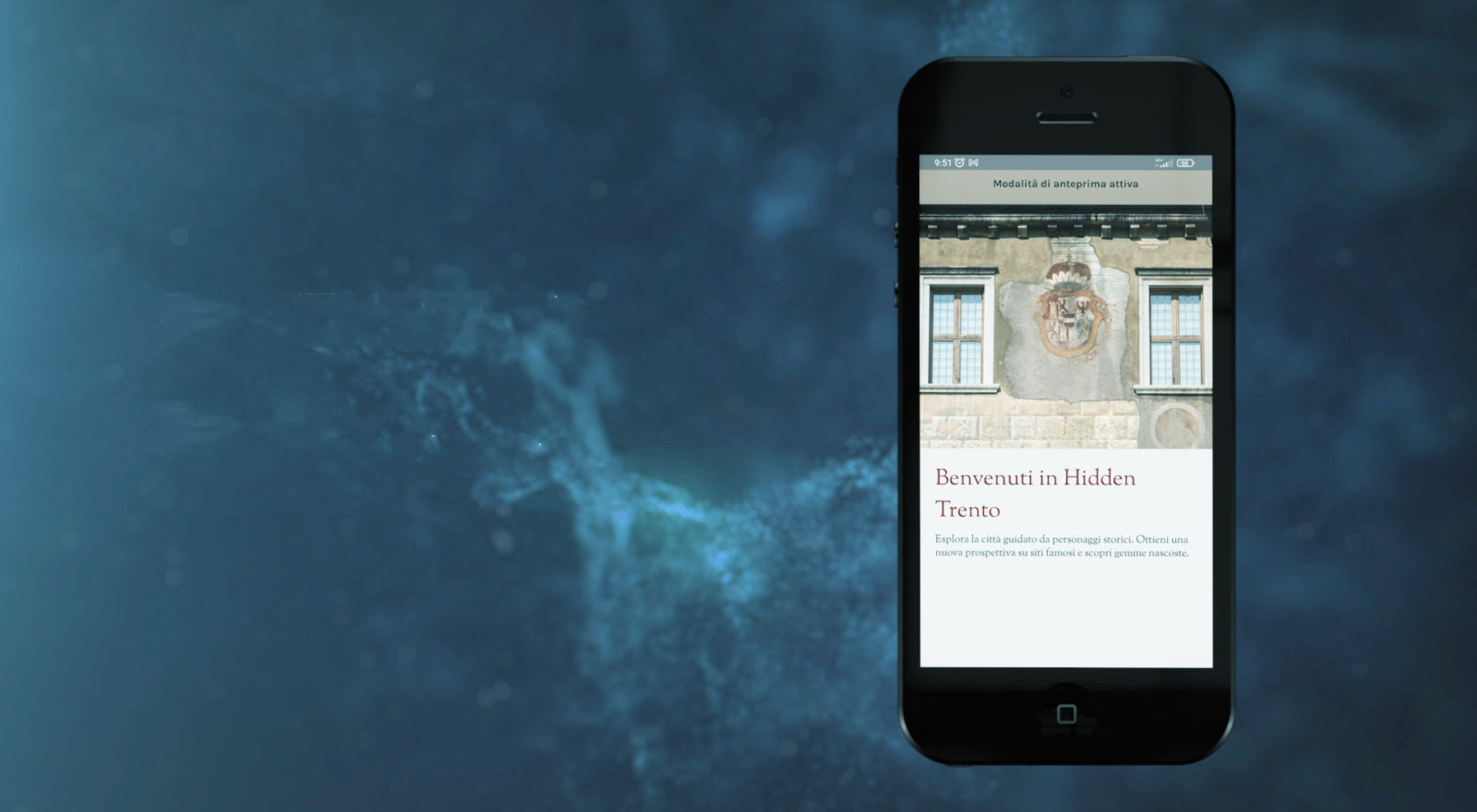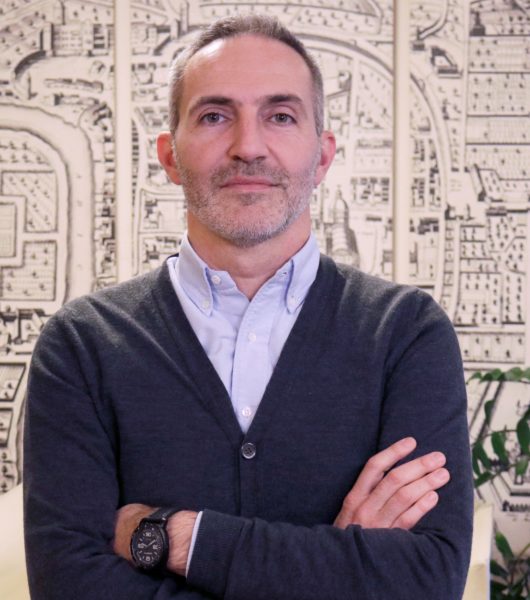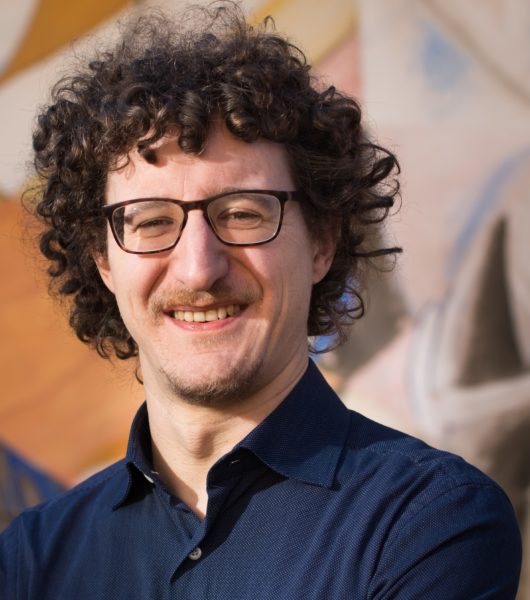Hidden Trento – the city of the Council within reach of an APP
The city of the Council in an app developed by the Italian-German Historical Institute at Fondazione Bruno Kessler as part of the PURE European research project
An immersive experience to find yourself projected into sixteenth-century Trento during the closing days of the Council’s works and discover it by walking with the help a virtual guide.
It is possible thanks to the new tour included in the “Hidden Trento” app, developed by the Italian-German Historical Institute at Fondazione Bruno Kessler as part of the PURE (PUblic REnaissance) European research project and can be downloaded for free from digital stores (GooglePlay and AppleStore).
The PURE project, funded by Humanities in the European Research Area (HERA), in which Fondazione Bruno Kessler’s Italian-German Historical Institute participates, investigates the urban cultures of public space in Europe during the early modern age, connecting them with the present. In addition to unpublished archival research, PURE uses new technologies for an innovative approach to history and cultural heritage. Specifically, the five research teams (FBK-ISIG, University of Exeter, Rijksuniversiteit Groningen, Universitat de València, Universität Erlangen-Nürnberg) have developed a family of smartphone apps (Hidden cities), dedicated to the cities under study (Hamburg, Deventer, Exeter, Trento, Valencia) to promote an immersive experience of Renaissance’s public spaces from the point of view of Public History.
The walking tour, published on the Hidden Trento app, entitled: “The city of the Council“, was produced in 2021 by the FBK-ISIG research team coordinated by Massimo Rospocher and made up by Umberto Cecchinato, Alessandro Paris, David Rosenthal, Enrico Valseriati.
The guide is the Council’s acts keeper Angelo Massarelli, whose stories constitute a privileged source for the history of the city. Through his voice, we retrace the closing days of the Council of Trent’s works, in the winter of 1563, and learn lesser-known aspects of the daily life of the city in the sixteenth century. Available in three languages (Italian, English and German), the tour has 8 stops and has been added to the first walking tour (“Ostesse, principi e migranti“), published in 2020 and led by Ursula, a German landlady who moved to Trento at the beginning of the sixteenth century. The two tours allow you to walk around the city following the city map of the time, access audio content and historiographical insights also on the project’s websit (www.hiddencities.eu).
The Hidden Trento app enhances objects and documents, kept in the main museums and libraries of the city, with which the research team of the Italian-German Historical Institute has created an effective collaboration for the enhancement of the historical heritage: prints and books, engravings and maps, weapons and tombstones, paintings and frescoes enrich urban exploration and make up the contents that can be viewed on digital platforms (app and website).
The following organizations have collaborated in the project: Castello del Buonconsiglio. Provincial Monuments and Collections, Museo Diocesano Tridentino, Museo Storico Italiano della Guerra di Rovereto, Per Via-Museo Tesino delle Stampe e dell’Ambulantato di Pieve Tesino (Tn), Biblioteca Comunale di Trento, Biblioteca Civica “G. Tartarotti” di Rovereto, Archivio di Stato di Trento.
Hidden Trento, presented today at Palazzo Roccabruna, has obtained the support of the Trento Chamber of Commerce and APT Trento, Monte Bondone, Valle dei Laghi, and has beencreated in collaboration with a number of international partners: the English developer Calvium (https://calvium.com/), former coordinator for the “Hidden Florence” app (https://calvium.com/projects/hidden-florence/) (https://hiddenflorence.org/) and Axis Maps (https://www.axismaps.com/), a historical cartography georeferencing company.
For more information:
- Hidden Cities Website
- App Hidden Trento (free download for iOS and Android)
- https://twitter.com/HiddenTrento



